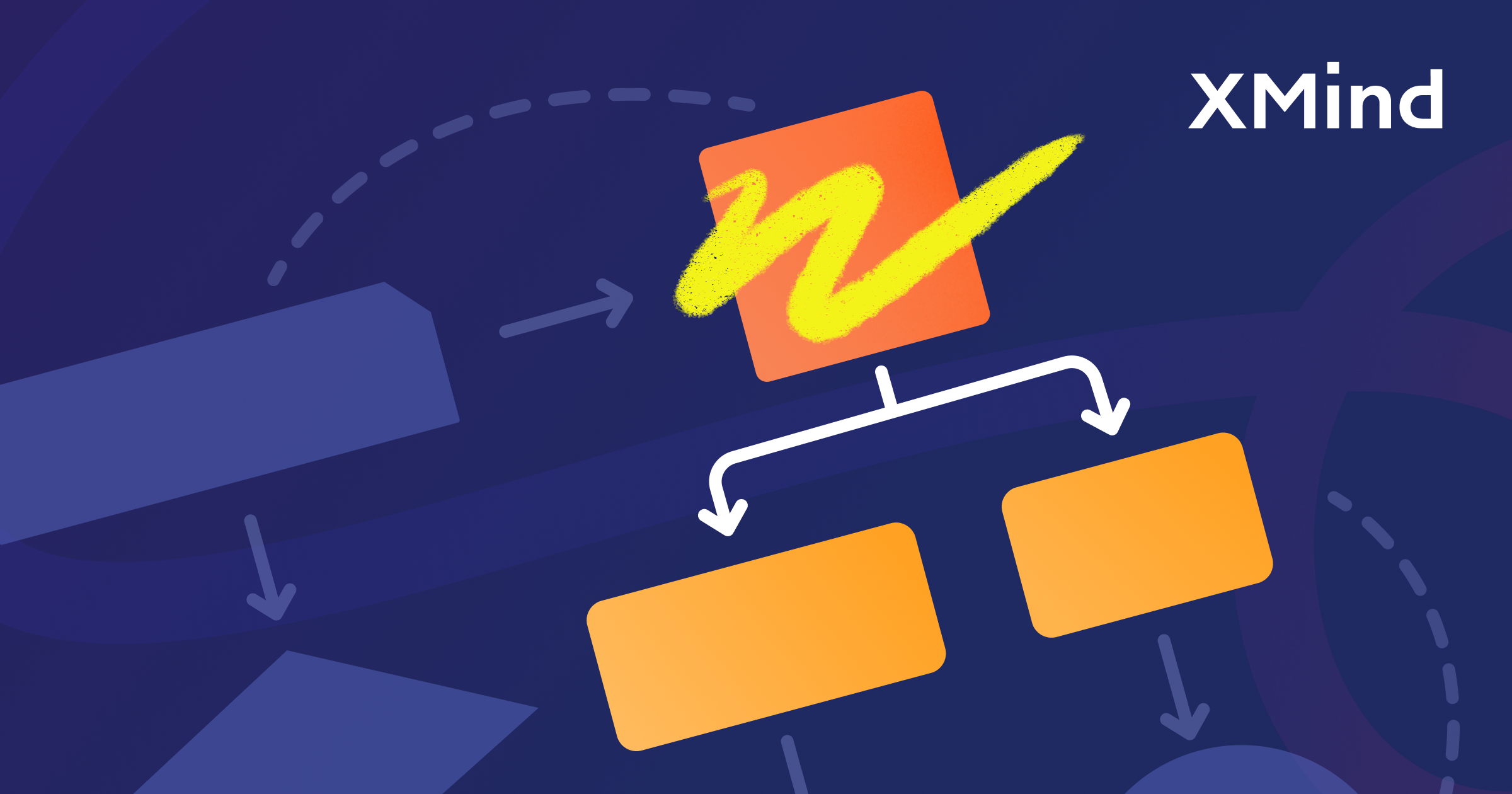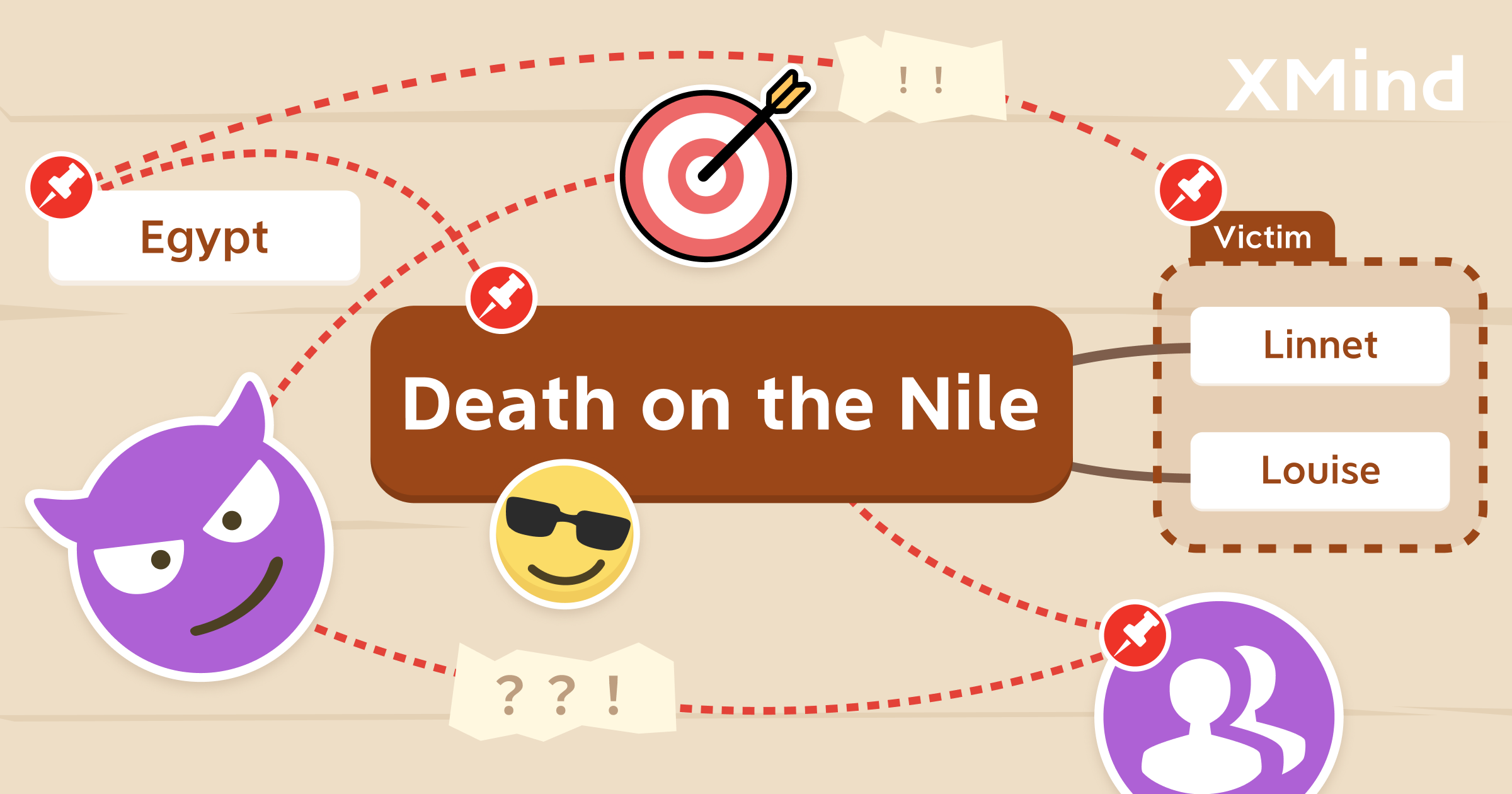Jul 30, 2020
How to Improve Memory with XMind

Jul 30, 2020
How to Improve Memory with XMind

Things are getting faster in this modern world. We are required to work on multiple projects and learn new knowledge faster. The importance of memory is obvious, since we make sense of its framework and take action for the moment.
Mind mapping displays the connections between different parts, and helps you to sort out the inner connections inside, while helps you to memorize things subtly. Today, we will discuss about the inner mechanism of memory, and how does mind mapping work for continuous memory improvement.
How Does Memory System Work?
Memory refers to the continued process of information retention over time. It is an integral part of human cognition, since it allows individuals to recall and draw upon past events to frame their understanding of and behavior within the present. Memory also gives individuals a framework through which to make sense of the present and future. As such, memory plays a crucial role in teaching and learning.
The mechanism works behind memory can be divided into 3 parts: Encoding, Storage and Retrieval.
Encoding
The way information is taken in, and the way you understand it.
Information is usually encoded through one (or more) of four methods as below:
- Visual encoding (how something looks);
- Acoustic encoding (how something sounds);
- Semantic encoding (what something means);
- Tactile encoding (how something feels).
There are 2 types of encoding: Automatic, the information is to be naturally memorized. Effortful, the information that requires effort to memorize.
Storage
Preserve and retain the information. how, where, how much, and how long encoded information is retained within the memory system.
The storage can be divided into three systems of memory: sensory memory, short term memory and long term memory.
According to Atkinson and Shiffrin, information that is encoded acoustically is primarily stored in short-term memory (STM), and it can be saved through constant repetition. Short-term memory only lasts between 15 and 30 seconds, and that’s why time and inattention may cause information stored in STM to be forgotten. Additionally, STM only stores between five and nine items of information, with seven items being the average number. In this context, the term “items” refers to any piece of information.
Long-term memory (LTM) stores semantically encoded information primarily, and also visually and acoustically-encoded information. On the contrary, Long-term memory has immense storage capacity, and the information can be stored there indefinitely.
 The differences between STM and LTM. (Adapted from- Roediger & McDermott, 1995)
The differences between STM and LTM. (Adapted from- Roediger & McDermott, 1995)
We need to recall or retrieve it to make use of said information, and that’s where the next system shows up.
Retrieval
Access to the previously encoded and stored information, and get it out of storage.
This is the phase to determine the performance - whether you memorize it or not. The information stored in STM and LTM are retrieved in different ways. While STM is retrieved in the order in which it is stored (for example, a sequential list of numbers), LTM is retrieved through association (for example, remembering where you parked your car by returning to the entrance through which you accessed a shopping mall) (Roediger & McDermott, 1995).

Why We are Forgetting?
In 1885, Hermann Ebbinghaus conducted an experiment in which he tested how well individuals remembered a list of nonsense syllables over increasingly longer periods of time. Using the results of his experiment, he created what is now known as the “Ebbinghaus Forgetting Curve” (Schaefer, 2015).
 The Ebbinghaus Forgetting Curve. (Source- Schaefer, 2015)
The Ebbinghaus Forgetting Curve. (Source- Schaefer, 2015)
Through his research, Ebbinghaus concluded that the rate at which your memory (of recently learned information) decays depends both on the time that has elapsed following your learning experience as well as how strong your memory is. Some degree of memory decay is inevitable.
Effective Methods for Improving Your Memory
Memory can be trained and improved, like other skills. We’ve gathered some useful methods in this map.

By visualizing ideas/concepts, and generate a range of ideas around the specific idea/concept with connections, mind mapping is helpful for better understanding and memory. Another important fact is that, mind mapping involves association and imagination during the process, and it improves memory subtly.

Brace Map: Brace Map is used when we take a whole thing and break it up into parts.
Attention is important for memory. In XMind, ZEN Mode - an immersive editing feature, allows you to focus on what matters.

Using icons to mark current process as instant rewarding helps you to stay on the track.
More Posts
How to Create a Flowchart in XMind (2022) | Tutorial Videos
A compilation of tutorial videos on mind mapping techniques, tricks, and tips. Find in this post how to build a flowchart using shapes and the relationship feature in XMind.

How to Read a Detective Fiction: The Ultimate Guide with XMind
Enjoy reading detective stories with XMind and master these practical tips and tricks for both desktop and mobile.

Create and Organize Recipes With Mind Maps and Tree Table Templates
Using this free tree table template on the newest version of XMind you can create your own recipe, or document your favorite dishes for future tasty journeys in the kitchen!


One space for all your ideas
Organize thoughts, visualize structures, connect ideas, and unlock insights.
Get Started for Free


